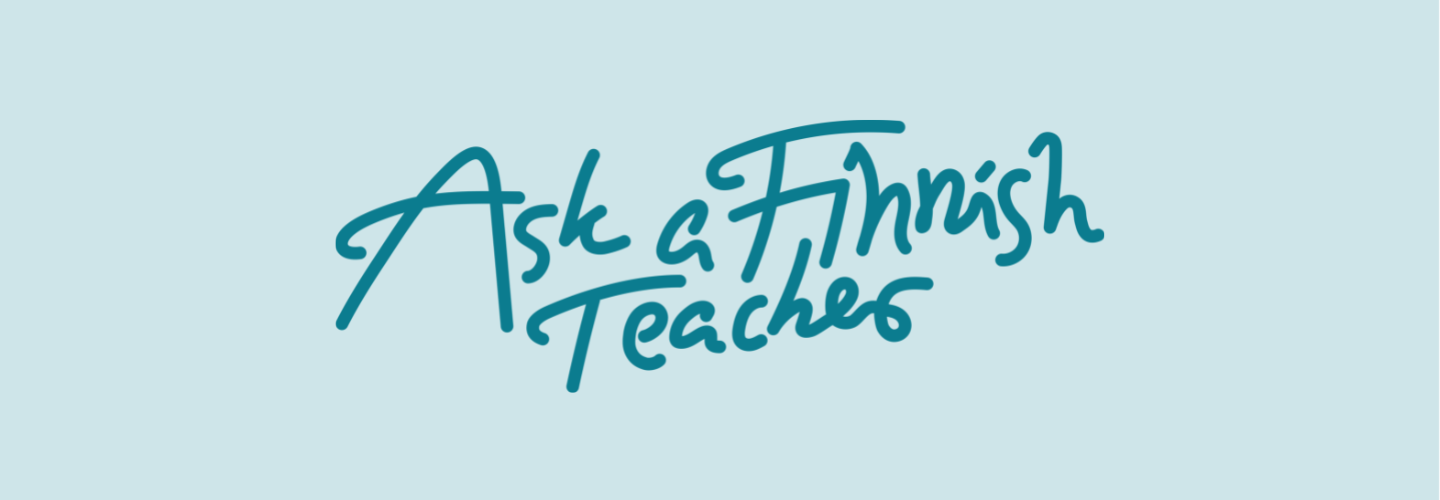|
Cindy asks: Hei! Does the yki test require one to write/speak in kirjakieli? or can one use puhekieli? Thx, Cindy Hei Cindy! Thank you for a great question! The answer depends on what level you’re aiming for, so I’ll be covering a few different levels in this blog post. Written and spoken Finnish are quite different, which can be a real challenge when you’re learning Finnish. Standard Written Finnish or kirjakieli (also referred to as yleiskieli) is the form of the Finnish language that you’ll find in the newspaper, in formal messages and when listening to something pre-scripted, like the news or prepared speeches. Puhekieli or spoken Finnish is the form of Finnish that you’ll hear in everyday conversations and also in written form in informal messages, like on a lot of social media and instant messaging. Like any language, Finnish is spoken differently in different social contexts and in different regions. When I talk about puhekieli in this post, I mean what is also known as yleispuhekieli or Standard Spoken Finnish. So what does that mean for the YKI test? YKI level 3 or CEFR level B1 If you’re aiming for a 3, which is the level required for Finnish citizenship, then you don’t have to pay much attention to whether you’re using puhekieli or kirjakieli. At level 3, the main goal is just to make yourself understood, and any version of the Finnish language is fine. What matters more is that you have enough language skills to manage in everyday situations. You don’t have speak or write elegantly and mistakes are very much expected, as long as your writing and speaking can be understood. However, being able to show that you already know some of the differences between puhekieli and kirjakieli definitely won’t hurt. In the speaking test, it’s great If you can use some puhekieli, but just using written forms is also absolutely fine. For example, you might want to say mä for minä (I) and sä for sinä (you), and use the spoken language me-passive: mennään syömään, lähdetään and so forth. Likewise, if you can use kirjakieli for the more formal tasks in the writing exam, that’s great, but the main goal is to just write something in understandable Finnish. At level 3, you should also have a basic understanding of how to write formal and informal messages, for example, the phrases needed to open and finish a message. YKI level 4 or CEFR level B2 At level 4, you should already be able to modify the way you’re speaking and writing according to the situation you’re in. So, for example, at level 4, you might be writing in casual puhekieli to a friend, but a more formal email would be completely in kirjakieli. YKI levels 5 and C or CEFR levels C1 and C2 At levels 5 and 6 (YKI’s ylin taso or highest level), you’re able to really fine tune your lingustic choices to suit the situation you’re in. You can use and understand many different types of language easily and comfortably. In my classes, I usually teach both kirjakieli and puhekieli, as I think that it’s important to know about the different forms and especially to understand both from the start. However, speaking in kirjakieli is absolutely fine, and writing in puhekieli already goes a very very long way. In the YKI test, if you’re aiming for level 3, use whatever you feel most comfortable with. The writing and reading comprehension sections of the YKI test are conducted in a traditional classroom much like this one.
Pictuce by Wokandapix
Cindy Dempers
17/6/2022 10:44:05
Hi Mari
Mari Nikonen
18/6/2022 07:43:46
You're very welcome Cindy! Comments are closed.
|
Archives
June 2024
|
Ask a Finnish Teacher / Toiminimi Mari NikonenBUSINESS ID (Y-Tunnus) 2930787-4 VAT NUMBER FI29307874 Kaupintie 11 B 00440 Helsinki If you'd like to send me something in the mail, please email me for my postal address. [email protected] +358 40 554 29 55 Tietosuojaseloste - Privacy policy |
© COPYRIGHT 2015-2022 Mari nikonen. ALL RIGHTS RESERVED.


 RSS Feed
RSS Feed